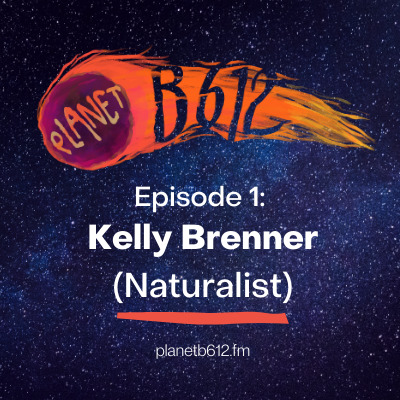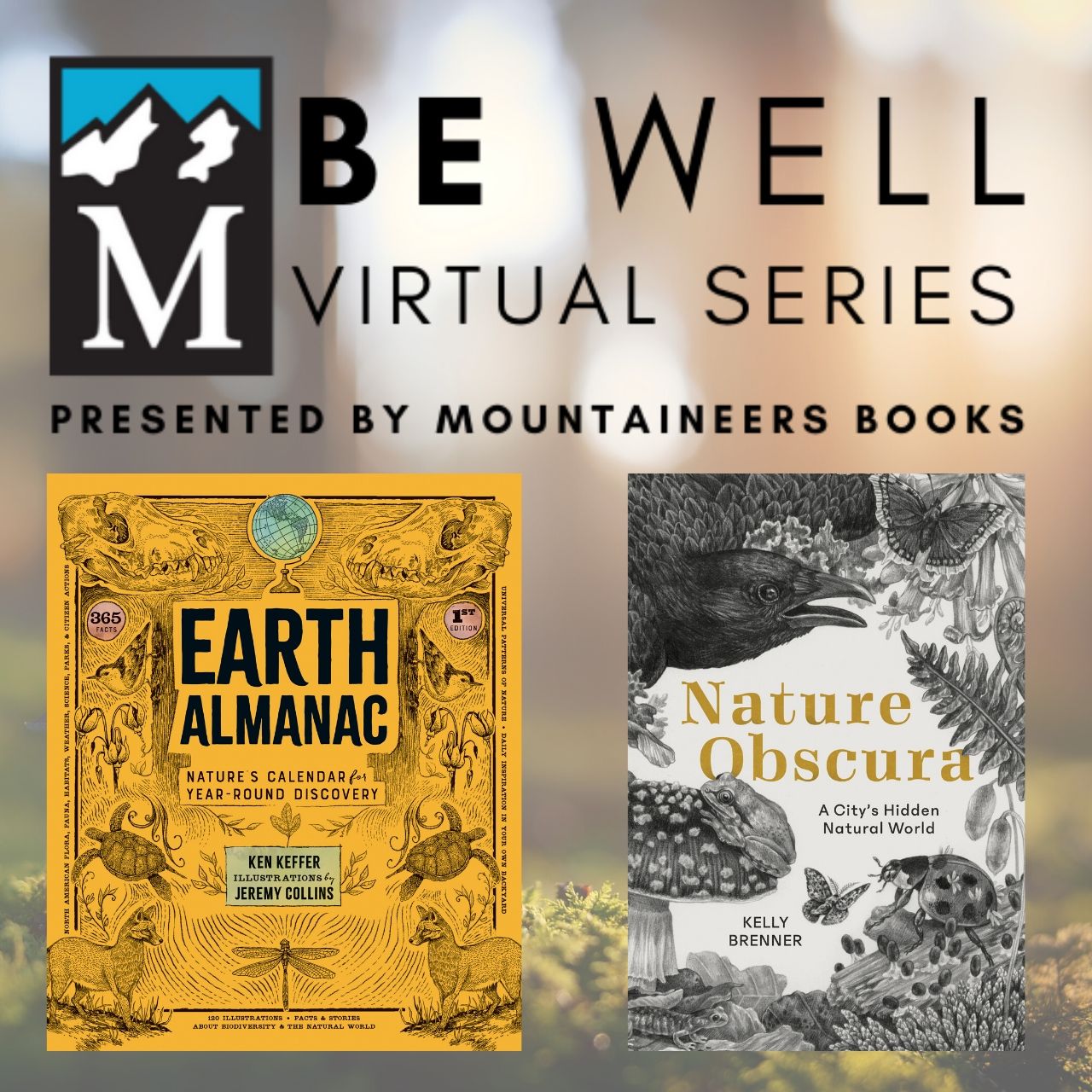Many thank you’s to everyone who participated, read the posts and had fun with our Pacific Northwest Nature Blog Scavenger Hunt! We hope you discovered some new blogs to follow and learned something interesting about the Pacific Northwest. Congratulations to the winners!
If you didn’t get a chance to participate, the questions and links are still active and we encourage you to read the 17 posts from a wide variety of PNW bloggers.
For those who are curious, here are the correct answers to the questions:
What fleeting flowers are “here one moment and gone the next”? This answer was found on the Mama Gone Green blog written by Taryn Oakley. The post was titled ‘A Nature Blog Scavenger Hunt’ and was about seasonal rhythm of change. The answer to the question is trillium are here one moment and gone the next.
What is in an owl pellet? The answer to this question was found on Tweets and Tree Frogs by Christy Peterson. The post was titled ‘Ruler of the Night – The Great Horned Owl’ and was a fascinating look at the life and habitat of this large owl. The answer to the question is the indigestible parts which include fur and hair outside and bones and teeth inside.
Why does Scaphinotus angusticollis have such a long face? This interesting question came from the Volcano Lands blog by Ivan Phillipsen and the post was titled ‘Long-faced Ground Beetle’. The post is about a beautifully colored common beetle found running around in the Pacific Northwest. The answer to the question is that the beetle is believed to be a snail eating specialist and the long head is to reach inside the shells easier.
What common pond critter has transparent skin, through which its organs and eggs can be seen? The answer to this question can be found on Stag Beetle Power by Laura Lucanidae in a post titled ‘Amphibian Egg Mass Surveys’. The post was an interesting look at many different aquatic eggs and wildlife. The answer is daphnia, or the water flea.
What plant blooms in the deepest shade and which grows in the sunniest spots? This was found on the blog Fidalgo Island Crossings by Dave Wenning. The post was titled ‘The Rhododendron Trail’ and was about a hike through a Washington old growth forest. The answer to the question is Coralroot Orchids bloom in the deepest shade and Pacific Madrone in the sunniest spots.
Butterflies require two types of plants to survive, name one of them. The answer to this was found on the blog Alpine Lily by Ashley Gossens and the post was titled ‘The Wild Backyard’ featuring 5 steps to make our backyards more wild. The answer to the question is host plant (for eggs and larvae) or food plant (source of nectar).
How are “clay babies” formed? The answer to this question was found on Rachel and Sean’s Washington State Parks Tour blog by Rachel and Sean. Their post was titled ‘South Whidbey State Park’ and discussed that this park is one of the few places in the world to have an abundance of clay. The answer to the question is a giant slab of clay is that they are formed by weathering by waves, tidal action and the sun.
What treasure is scheduled to be hidden next to the ponds at the Union Bay Natural Area? This answer was found on the blog Union Bay Watch by Larry Hubbell. The post titled ‘Hidden Treasures’ discussed the behavior of Flickers and the 520 mitigation. The answer is the shores are scheduled to be hidden.
How many species of birds have been documented playing? This one was in the Corvid Research by Kaeli Swift. In the post “Crow curiosities: Do crows play and why?” we learned how play is defined and how species play. The answer to the question is 25 species have been documented.
What “looks like it was run through a paper shredder”? This answer was found on A Day Without Rain by Lainey Piland in a post titled ‘Conifer Confusion? Learn to identify these PNW trees’. In this post we learn some of the best ways to identify our local trees and find the answer Western Red Cedar has bark that looks like it was run through a shredder.
Find and identify the songbird photo-bombing a duck in our post. This tricky answer was found on The Must See Bird Blog by Sarah Swanson and Max Smith. In the post titled ‘Friday the 13th Birding’ we learned what Sarah and Max saw during their day long birding trip. The answer to the question was a Song Sparrow, as found in the photo of the Wood Duck.
What do Crows and Humans have in common? This answer could be found on the Crows of Arroyos blog by Robin Adams. In the post titled ‘Murder in the Flock’ we learned about uncommon crow behavior and found the answer is that crows and humans both “love and protect our families no matter what”.
What was “a sign that the book-keeping could wait”? This one was found on The Urban Nature Enthusiast by June Hunter. In her post titled ‘Crow Gifts of All Kinds’ she reminds us that nature gives us many gifts. The answer to the question is being followed by a feather.
What three factors does bog formation require? This was found on the Street Smart Naturalist blog by David Williams in a post titled ‘PNW Nature Scavenger Hunt Post’. The post was about one of the few remaining natural bogs around Seattle and the answer is a surplus of water, infertility and poor drainage.
Do barnacles molt their moveable plates? This buggy question was found on The Bug Chicks blog by Kristie Reddick and Jessica Honaker. In the post titled ‘Beach Bugs (That’s an Arthropod???)’ we learned about some crustaceans which are arthropods. The answer to the question is no, they do not molt their plates and was found in the caption to one of the photos. Tricky!
Where can you find information about hiking or mountain biking trails in the Methow Valley? This question was on the Cascadia Ramblings blog by Shannon Johnson. The post was titled ‘Spring Fever’ and was about three great spring outings in the PNW area. The answer to the question is the Methow Trails website.
What is the name of the salmon-used creek that flows next the nature play area at Westmoreland Park in Portland, OR? The final question was found on Exploring Portland’s Natural Areas by Michael Barton in a post titled ‘Nature Play Parks in and Around Portland’. This post featured a number of new and older nature play parks in the Portland area. The answer to the question is Crystal Springs Creek.







One Comment